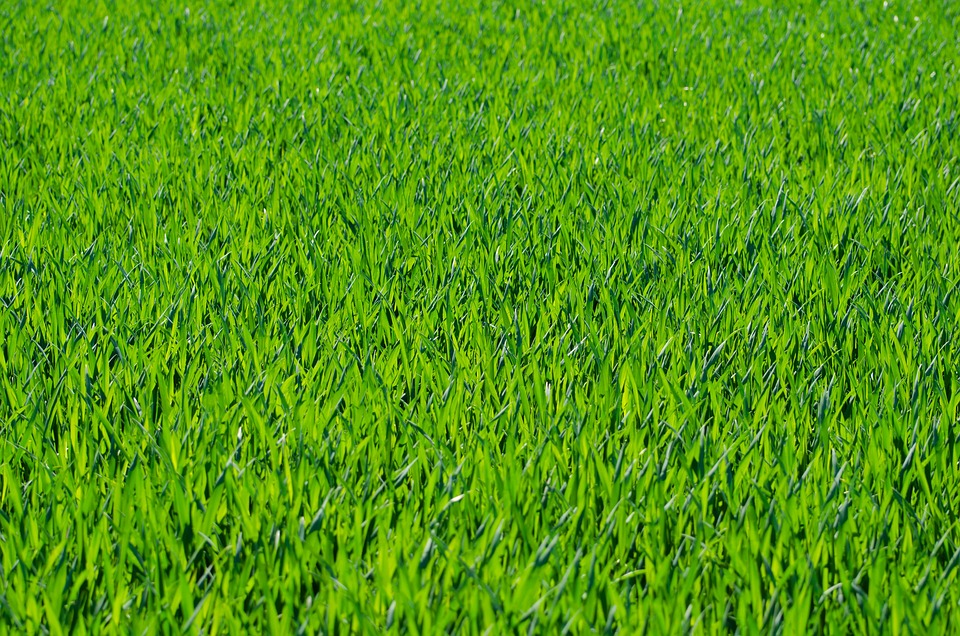Introduction
As society continues to prioritize sustainability and environmental consciousness, it’s essential to adopt greener
practices in all aspects of our lives, including lawn care. Traditional lawn care practices often involve the use of
harmful chemicals and excessive water consumption. However, there are sustainable alternatives that can help us
achieve a greener future without sacrificing the beauty and health of our lawns. In this article, we will explore
some of the key sustainable lawn care practices that you need to know.
Reduce Chemical Use
One of the first steps towards a greener lawn is to reduce or eliminate the use of harmful chemicals. Chemical
fertilizers, pesticides, and herbicides not only harm the environment but can also pose a risk to human health,
especially children and pets. Instead, opt for natural alternatives such as compost, organic fertilizers, and
beneficial insects to control pests and promote healthy growth. Additionally, consider using natural weed control
methods like hand weeding or mulching to prevent weed growth without the need for chemicals.
Water Wisely
Water scarcity is a global concern, and overwatering lawns only exacerbates the problem. To promote a greener
future, it’s essential to water your lawn wisely. Consider installing a sprinkler system with a timer to avoid
excessive watering, especially during rainy seasons. Additionally, encourage deep root growth by watering the lawn
deeply but infrequently, preferably in the early morning or late afternoon to minimize water loss through
evaporation.
Choose Drought-Tolerant Grass
Selecting the right type of grass for your lawn can significantly contribute to its overall sustainability. Opt for
drought-tolerant grass species that require less water, such as Bermuda grass, Buffalo grass, or Zoysia grass. These
types of grass can withstand periods of drought and require less maintenance. Additionally, consider replacing some
portions of your lawn with native plants or ground covers that require minimal watering and are better adapted to
your local climate.
Mow High
When it comes to mowing your lawn, it’s crucial to follow the “mow high” rule. Keeping your grass at a higher level
(around 3-4 inches) promotes healthier root growth, shades the soil, and prevents weed seed germination. Taller
grass blades also help retain moisture and require less water. Adjust your mower blade height accordingly to
maintain an optimal grass length, and ensure the mower blades are sharp to prevent damage to the grass.
Compost Yard Waste
Instead of throwing away your yard waste, such as grass clippings and leaves, consider composting them. Composting
these organic materials not only reduces landfill waste but also creates a nutrient-rich compost that can be used as
a natural fertilizer for your lawn. Use the compost to improve soil health and promote the growth of beneficial
microorganisms. Composting is a simple and sustainable way to recycle waste and nourish your lawn naturally.
FAQs Section
Frequently Asked Questions
1. Are natural fertilizers as effective as chemical fertilizers?
Yes, natural fertilizers can be just as effective as chemical fertilizers, if not more. While it may take longer to
see results, natural fertilizers improve soil health over time and provide long-term benefits without the harmful
side effects of chemicals. They also help create a more balanced and sustainable ecosystem for your lawn.
2. Can I still have a beautiful lawn without using harmful chemicals?
Absolutely! A beautiful and healthy lawn can be achieved without the use of harmful chemicals. By adopting
sustainable practices like proper watering, mowing high, and promoting a diverse ecosystem, you can have a lush,
vibrant lawn that is both visually appealing and environmentally friendly.
3. How can I control weeds without using herbicides?
There are several natural methods to control weeds without the use of herbicides. Hand-weeding is an effective way
to remove weeds manually. Mulching with organic materials such as wood chips or straw creates a barrier that
suppresses weed growth. Additionally, promoting healthy grass growth through proper watering, regular mowing, and
adequate fertilization helps prevent weed invasion by minimizing bare spots in the lawn.




